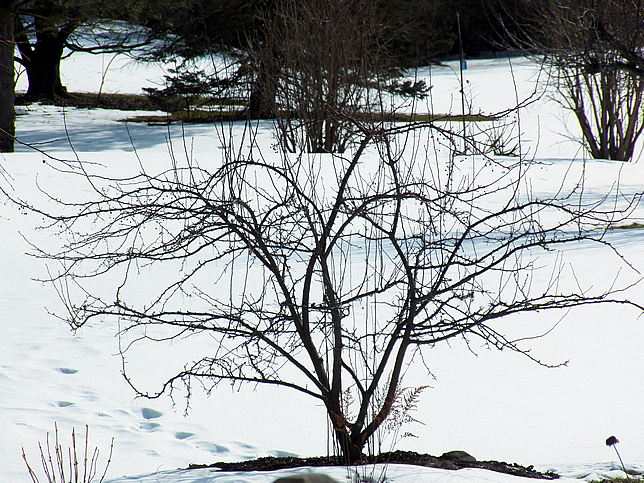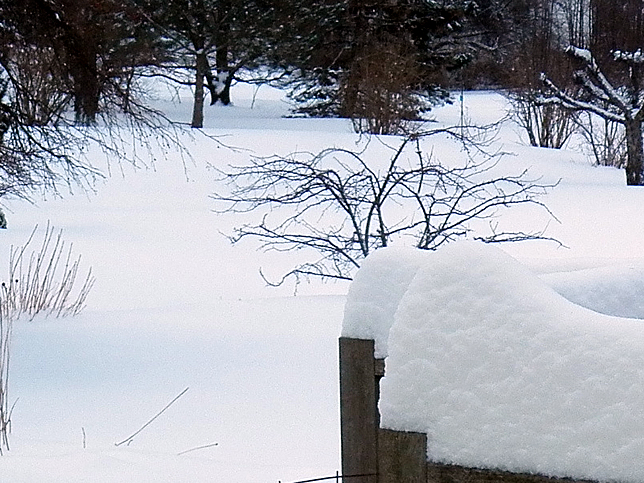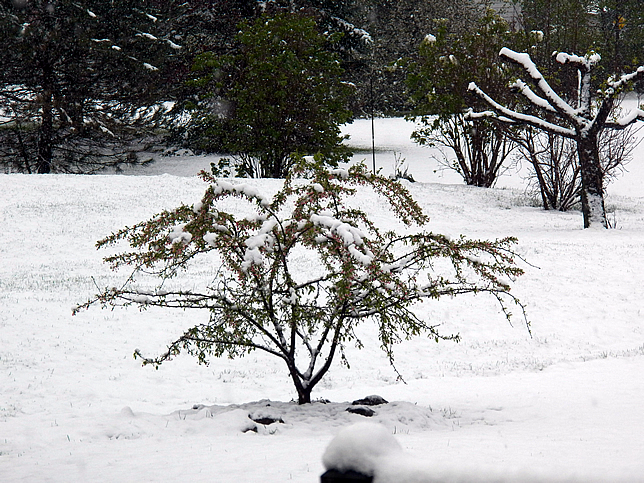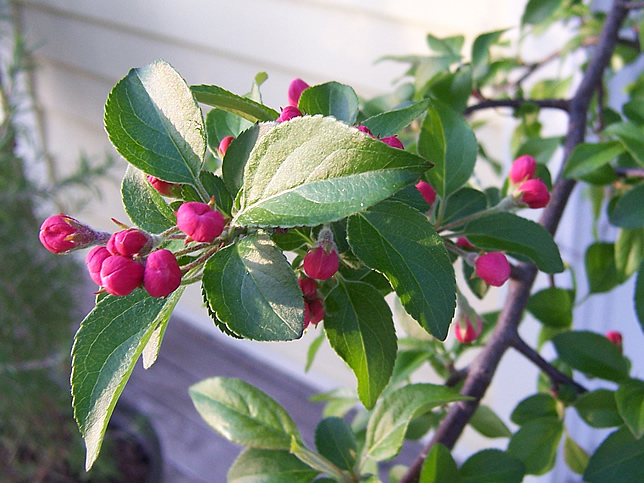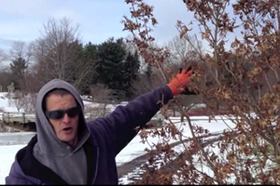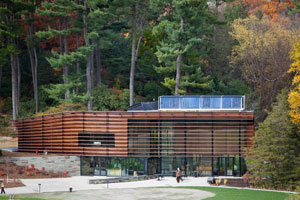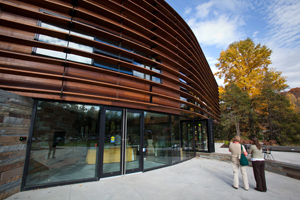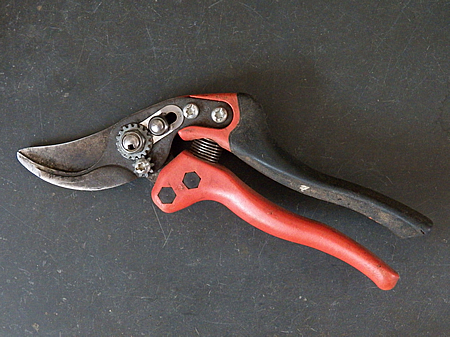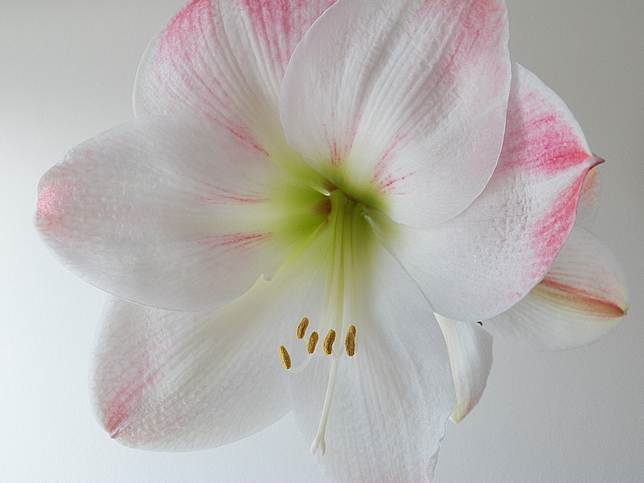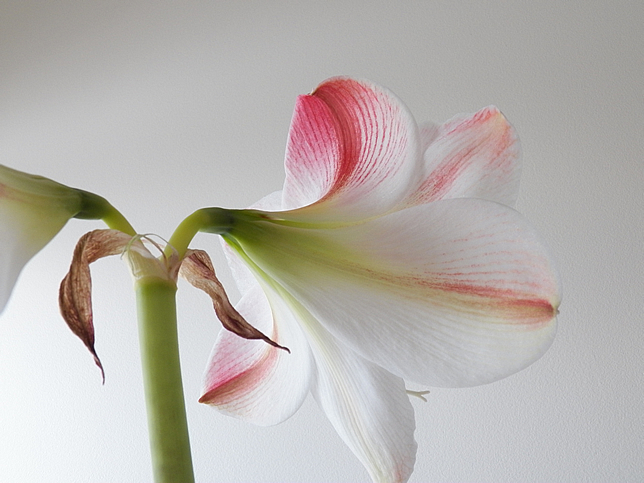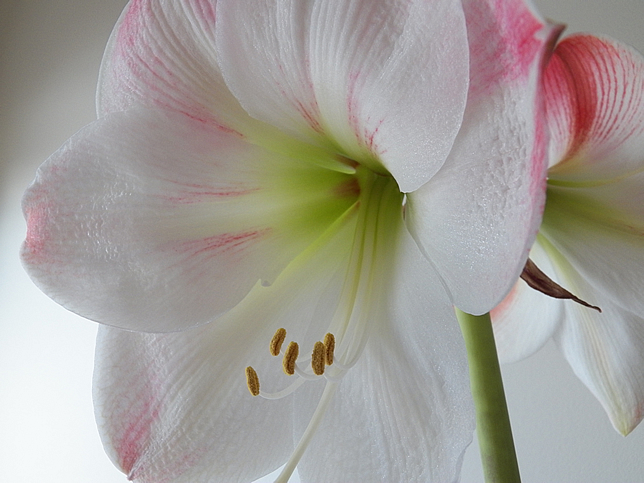After we went to the pruning class, I started really eyeing our own trees to check what needed to be done. One little tree that I view almost daily was really bugging me and I wanted to take care of it. See what I mean?
It is a cute little tree, low branched, but it has a lot of wonky growth going on. So first, some more information on pruning.
There are some other issues to consider before taking the pruning task on. Sure, we are all enthusiastic about getting out there and neatening things up in the winter, but sometimes it is best to just put the pruners away and do something else. Primarily, what I am talking about here is that you need to be aware of what is coming in terms of weather, i.e., the phenomenon of cold acclimation/de-acclimation. Woody plants go through phases of acclimating to the cold temperatures and their cold tolerance is maximal at a certain period of time depending on the species. Pruning in the late fall before the plant truly goes dormant pushes the tree or shrub to start producing more growth that is intolerant to cold and will be highly susceptible to injury and even death of the plant. Once the plant reaches its maximal cold tolerance and then we experience periods of warmer weather rather than sustained cold weather, the plant will begin to de-acclimate, or wake up. Another bout of cold weather will reactivate the acclimation process and subsequent cold protection, but the plant’s ability to repeat this becomes increasingly compromised as the season wears on. What this means is that any injury, pruning or otherwise, just before another cold snap, can cause serious damage or death. Some folks advocate backing away from the pruners anywhere from 3 days to 2 weeks before a plunge in temperatures is predicted. There’s your excuse for being a couch potato! In any case, check the weather forecast, and aim for pruning when there is less time between injury and the time when the plant can recover favorably from the injury (more on this in another post).
This little crabapple got pruned this year about 4 days before we got dumped on with 18 inches of snow and 0 degree night temps. Hopefully, this amount of time will be acceptable to it!
But look at the poor thing two years ago after a late April snowstorm, fully budded and almost all leaved out. So sometimes, you just can’t predict what the weather is going to do!
Another factor to consider, although many plants are or can be pruned now in late winter, is that there are some that it might be better to wait until after they bloom to prune. Those are the early spring bloomers such as forsythia, lilac, and early blooming spireas among others, and pruning may remove much of their glorious floral presence. On the other hand, burning bushes, ninebark, barberry, colored twig dogwood, or other plants that are primarily grown for their foliage are prime candidates for pruning before their growth starts in the spring. Note that “bleeders” or trees like maples, birches, and related species, may look unsightly and cause concern, but it usually does no harm to prune them in late winter. So, consider what you are pruning.
Although my crabapple is a spring bloomer, I want to be able to see the flowers and not a lot of vegetative growth.
